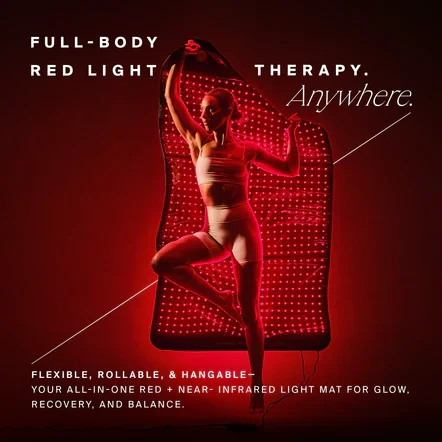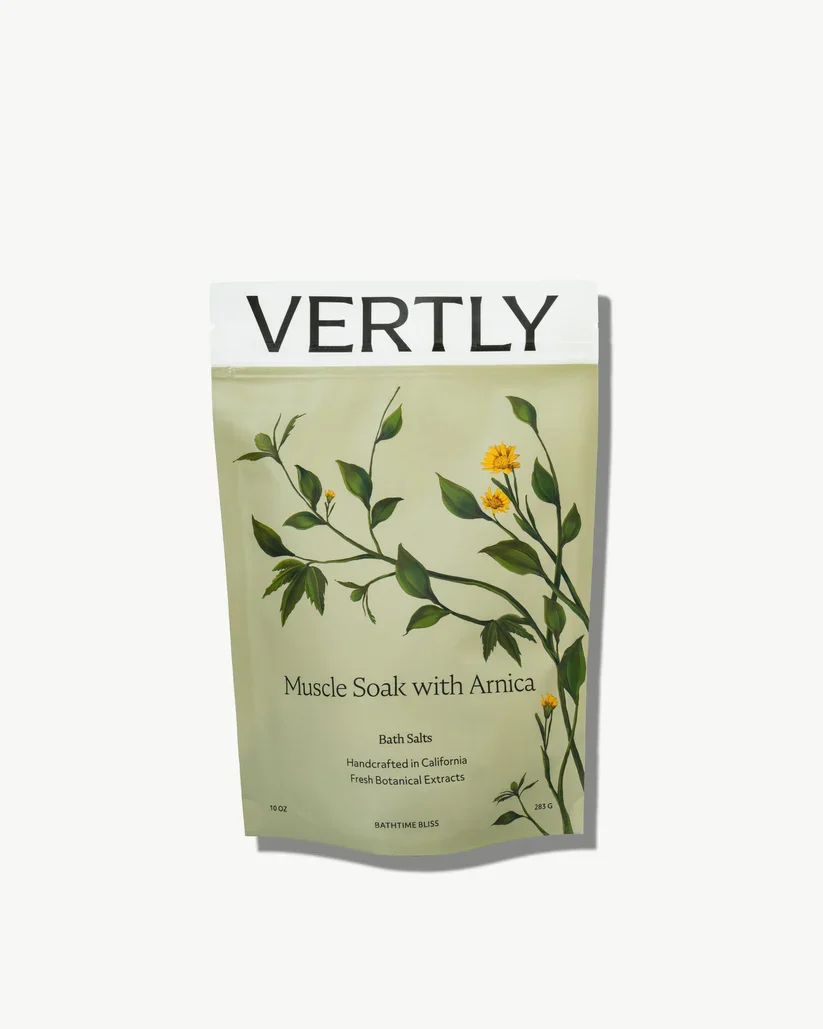Fall’s Quiet Flex: How Beauty, Pantry Staples, and Home Rituals Became the New Status Symbols
When “quiet luxury” first slipped into the cultural lexicon, it was shorthand for stealth wealth: no logos, no hype, just perfect tailoring and fabrics that spoke for themselves. It looked like Shiv Roy’s knitwear in Succession or Gwyneth Paltrow’s courtroom wardrobe. pieces so minimal they became the loudest flex in the room. But this fall, quiet luxury isn’t confined to fashion. It’s migrating into our kitchens, beauty cabinets, and homes, where the things we choose to stock, sip, and surround ourselves with have become the new status markers.
This shift isn’t just aesthetic, it’s psychological. Researchers studying consumer behavior call it “minimalist luxury.” A 2024 paper published in the Journal of Economic and Management Studies found that when high-quality counterfeits blur the line between “real” and “fake,” the wealthy retreat into products that can’t be replicated: minimalist, discreet, often functional in ways invisible to outsiders. It’s not the logo that matters, but the sourcing, the craftsmanship, the intention.
That same pattern shows up in wellness. McKinsey’s 2025 Future of Wellness report found that consumers, especially Gen Z and millennials, are doubling down on nutrition, supplements, sleep rituals, and mindfulness even when budgets tighten. These categories have become non-negotiables, a kind of inner circle spending that signals both self-respect and discernment. In psychology terms, it’s what researchers of “everyday luxury” describe as the transformation of routine objects into identity cues. A matcha ritual, a candle that burns clean, or a serum with clinical backing isn’t just personal care, it’s cultural shorthand.
The pantry has become one of the clearest arenas for this shift. Forget rainbow-branded superfoods or grocery aisle basics; today’s luxury staples are oils in dark glass bottles sourced from a single region, adaptogenic cacao stored in sculptural jars, teas whose packaging feels closer to a design object than a kitchen item. Just as the Loro Piana sweater is the ultimate quiet fashion flex, these pantry staples are the wellness equivalent, subtle on the outside, exceptional in what they deliver.
Beauty, too, is paring back. The new gold standard isn’t a 30-step routine or limited-edition collaborations with neon packaging. Formulas that edit out the noise and deliver what actually works. serums backed by peer-reviewed research, moisturizers in heavy glass jars, lip treatments that could pass for objets d’art. According to Vogue Business’s 2024 survey, younger luxury consumers are increasingly spending on these “small luxuries” even as big-ticket items like handbags take a back seat. The flex isn’t accumulation; it’s curation.
And then there’s the home. Quiet luxury here looks like linen that softens with every wash, beeswax candles whose scent evolves slowly, furniture that is less about impressing guests and more about creating a private sanctuary. Sociologists often describe this as “inconspicuous consumption”: the truest status signals are the ones seen only by those close enough to notice. It’s not about who asks where you bought it; it’s about living with objects that shape your rituals, restore your nervous system, and age as gracefully as you do.
All of this adds up to a cultural pivot that is less about display and more about depth. In a world oversaturated with noise, status itself is being redefined: not as what screams the loudest, but as what endures, calms, and nourishes. Fall’s quiet luxury is found in the pantry item that feels almost too beautiful to open, the supplement in an apothecary bottle that lives proudly on your counter, the throw you’ll pass down because it gets better each year. These are the new symbols of abundance, less spectacle, more substance.







